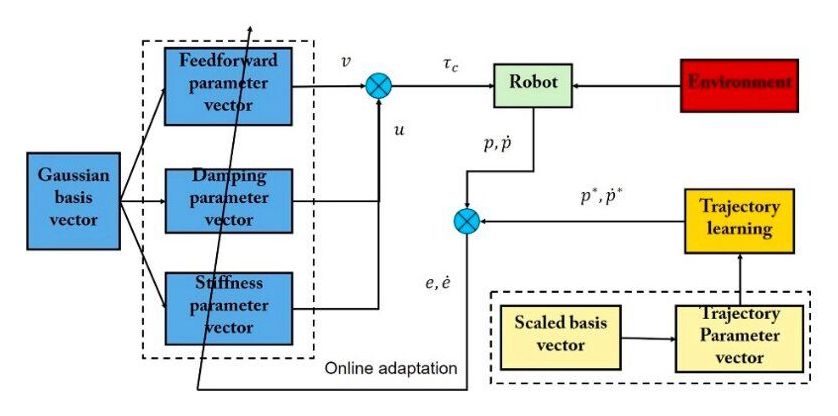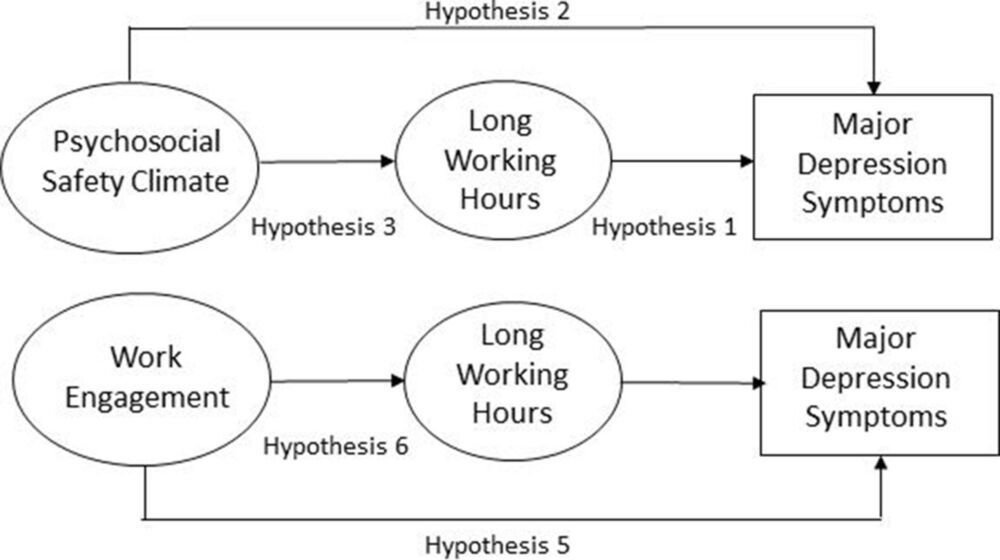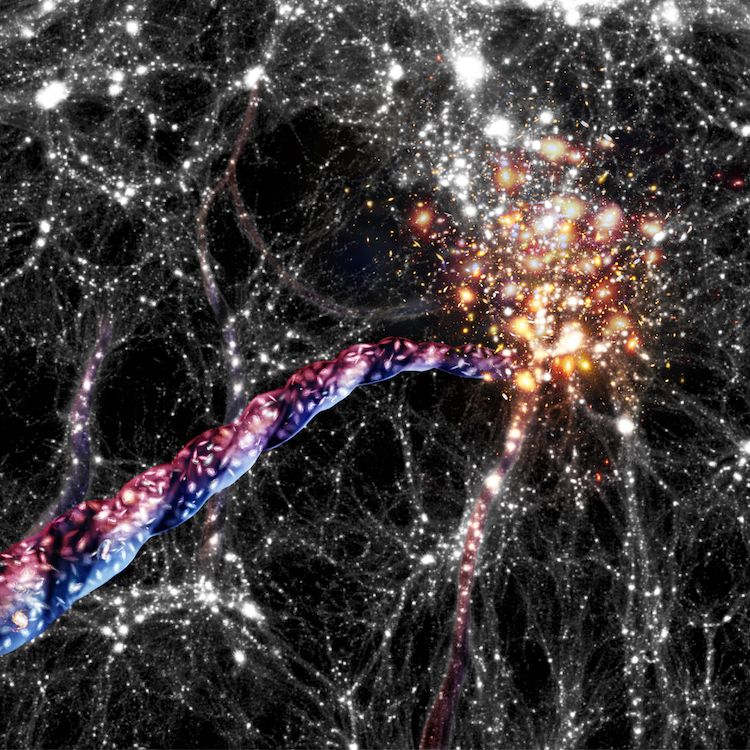Overview of what GitHub Copilot is, what it does, how it works, and whether programmers should be worried about their jobs now…


As smart watches are increasingly able to monitor the vital signs of health, including what’s going on when we sleep, a problem has emerged: Those wearable, wireless devices are often disconnected from our body overnight, being charged at the bedside.
“Quality of sleep and its patterns contain a lot of important information about patients’ health conditions,” says Sunghoon Ivan Lee, assistant professor in the University of Massachusetts Amherst College of Information and Computer Sciences and director of the Advanced Human Health Analytics Laboratory.
But that information can’t be tracked on smartwatches if the wearable devices are being charged as users sleep, which prior research has shown is frequently the case. Lee adds, “The main reason users discontinue the long-term use of wearable devices is because they have to frequently charge the on–device battery.”

Over the past few decades, roboticists have created increasingly advanced and sophisticated robotics systems. While some of these systems are highly efficient and achieved remarkable results, they still perform far poorly than humans on several tasks, including those that involve grasping and manipulating objects.
Researchers from Guangdong University of Technology, Politecnico di Milano, University of Sussex and Bristol Robotics Laboratory (BRL) at University of the West of England have recently developed a model that could help to improve robot manipulation. This model, presented in a paper published in IEEE Transactions on Industrial Informatics, draws inspiration from how humans adapt their manipulation strategies based on the task they are trying to complete.
“Humans have the remarkable ability to deal with physical contact and complete dynamic tasks, such as curving, cutting and assembly, optimally and compliantly,” Professor Chenguang Yang, the corresponding author for the paper working at BRL, told TechXplore. “Although these tasks are easy for humans, they are quite challenging for robots to perform, even advanced ones.”

High dark current can significantly impair the performance of infrared photodetectors, devices that can detect photons in the form of infrared radiation. For many years, most solutions for blocking dark current used the electric field inside the detectors.
Researchers at the Chinese Academy of Sciences recently devised an alternative solution to suppress dark current in photodetectors, which is based on the use of van der Waals (vdW) heterostructures. In a paper published in Nature Electronics, they presented visible and mid-wavelength infrared unipolar barrier photodetectors made of band-engineered vdW heterostructures.
“Since Bell Labs produced the Si-based PN junction in 1935, using the built-in electric field in the depletion region has become the main technical route to block dark current,” Weida Hu and Peng Zhou, two of the researchers who carried out the study, told Tech Xplore via email. “In traditional PN junctional infrared photodetectors, the high Shockley-read-Hall (SRH) recombination and surface recombination in the depletion region seriously limit the suppression of dark current. In response to these issues, engineers introduced a new device structure beyond the PN junction, namely the unipolar barrier structure.”

Objectives This study sought to assess the association between long working hours, psychosocial safety climate (PSC), work engagement (WE) and new major depression symptoms emerging over the next 12 months. PSC is the work climate supporting workplace psychological health.
Setting Australian prospective cohort population data from the states of New South Wales, Western Australia and South Australia.
Participants At Time 1, there were 3921 respondents in the sample. Self-employed, casual temporary, unclassified, those with working hours 35 (37% of 2850) and participants with major depression symptoms at Time 1 (6.7% of 1782) were removed. The final sample was a population-based cohort of 1084 full-time Australian employees.




Utah is in a drought. Utah is in the need of water. Yes I do live here; for the past 51 yrs. Snowfall has decreased and rainfall is scarce! I’ve started collecting water in gallon jugs, taking less showers. Peeps have been collecting rain in barrels. Utah has not been hit so hard. Wanna go boating, river rafting, kayaking — better check if there is enough water to support your sport.
Utah (ABC4) – Utah’s water supply is not looking good this year. It’s looking so bad that in March, Utah Governor Spencer J. Cox issued an executive order, declaring a state of emergency in Utah.

“People are just exhausted.”
As COVID-19 restrictions loosen across the United States, the hospitality industry — which was walloped by the pandemic — is experiencing a new challenge: too few workers available to address soaring demand for dining out.
A furious debate is underway over what’s behind the labor shortage, which is prompting restaurants to adapt by modernizing with kiosks and digital ordering. Many are biting the bullet and ponying up more in compensation just to attract employees.
“A lot of us are paying over time,” Laurie Thomas, executive director of the Golden State Restaurant Association, said in an interview with Yahoo Finance.